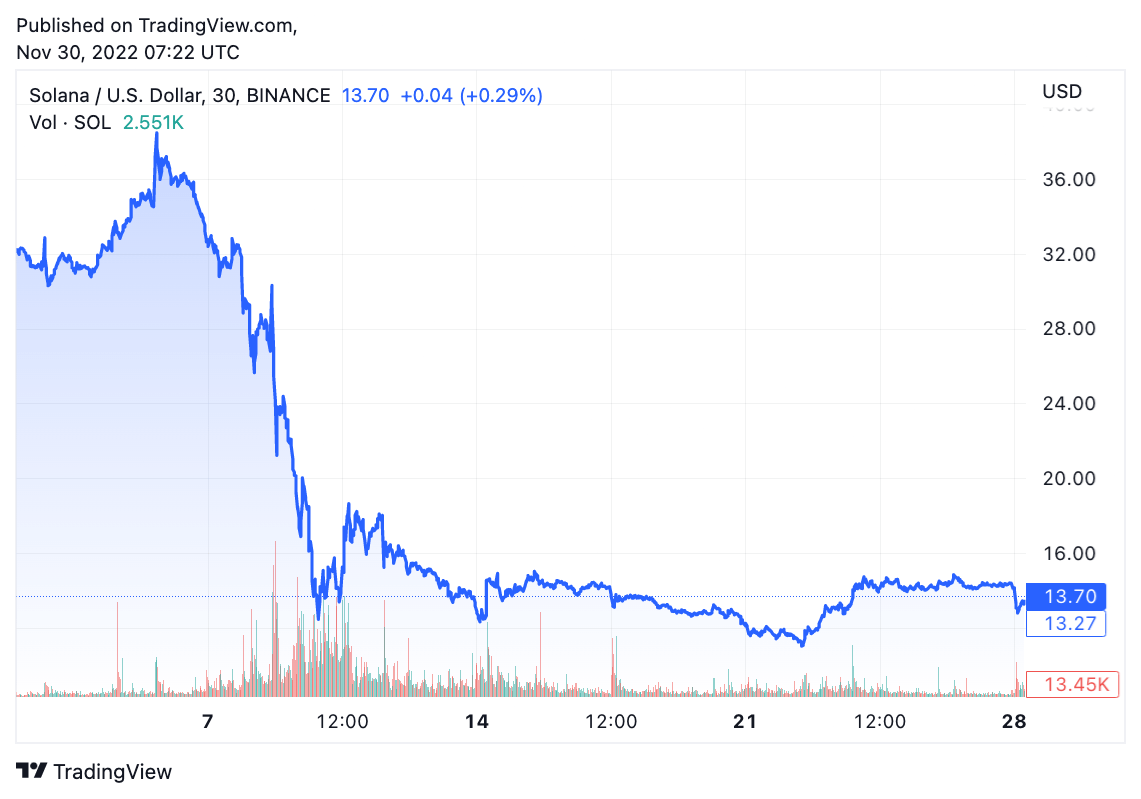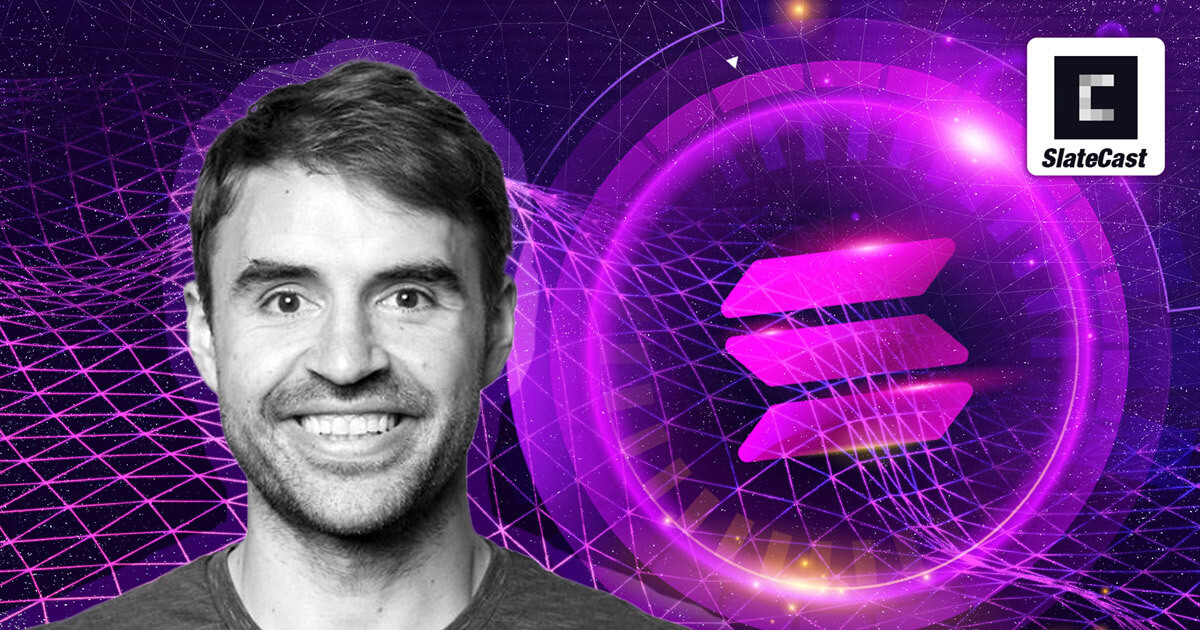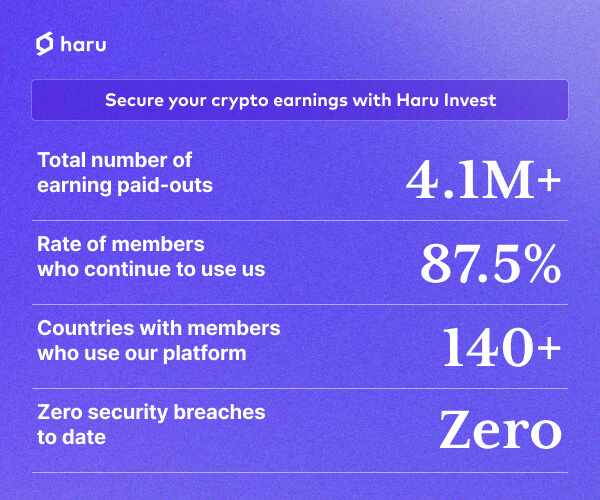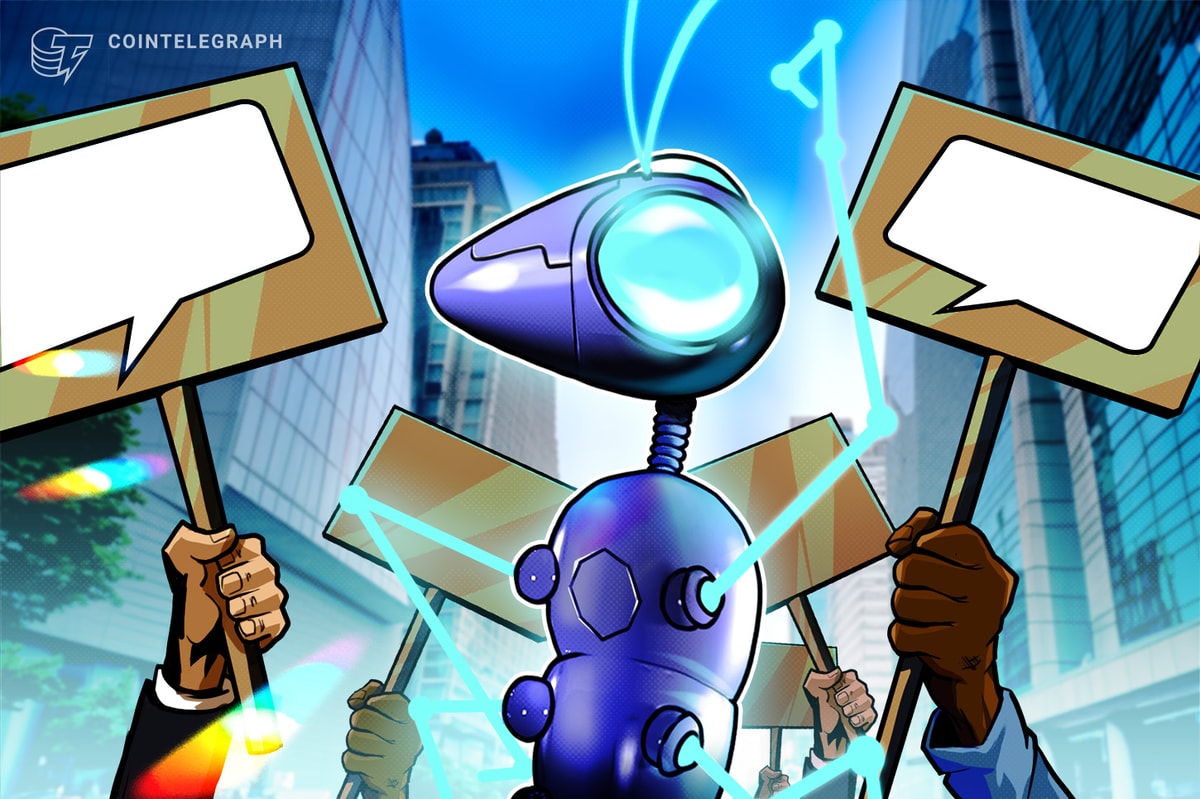Solana Foundation‘s Product and Technology Leader, Matt Sorg, talked to CryptoSlate’s Akiba about Solana and its future in the crypto sphere.
Akiba started by asking what attracted Sorg to Solana. As a response, Sorg said that he believed Solana to be a lot more different than other protocols in terms of technology, scalability, and future potential. He said:
“Solana is differentiated technology, there is a lot of noise in the space about how things l scale in the future but Solana is ready today and has a very clear path in scaling very arbitrarily in the future in a very user-friendly way.”
He also explained why Solana is one of the top protocols Web3 gamers prefer. “Gamers have very high-performance requirements for their apps,” Sorg added that Solana stands out for them by having the best times in transaction confirmation.
Solana breakdowns
When Akiba asked why Solana had been breaking down so much, Sorg explained why by giving two reasons.
First of all, according to Sorg, Solana doesn’t primarily have marketing concerns in mind. He stated:
“We are not marketers. We call certain things outages, while other chains would call them congestion.”
He further explained that Solana still facilitated several hundred transactions per second in its downtimes. Sorg said this is still much more than what many chains facilitate at their best states. Still, such a situation would be identified as congestion by the standards of other chains, “but by Solana standards,” Sorg said, “it is an outage.”
Secondly, Sorg mentioned that the outages result from its decentralized infrastructure. Although, from time to time, “different systems can’t agree on what the next block should be,” Sorg said, “they halt because they can’t propagate blocks.”
The future of blockchain and Solana
When discussing the possibility of a multi-chain future, Sorg spoke about the importance of consolidation and shared security. He said:
“We’re going to have different technologies that’ll optimize in a different way. I think there will be some consolidation where different chains and different protocols will take some learning from other protocols,”
With that being said, Sorg also acknowledged that the security weaknesses of bridges should be addressed. He defined the issue as a “hard problem.” It is all about having different networks and relying on one chain to tie them up, which can be solved by proper “chain-level consensus and agreement.”
Regarding Solana’s position in this multi-chain future, Sorg said it will be “even more configurable over time.” He further added:
“Its hard to realize how much innovation is happening inside solana when looking from outside. Today, the solana protocol is much more stable than January this year. Arbitrary scling will be seen over the 12-18 months, as demand increases, also more configuration options are coming out.”
Solana and the FTX crash
Solana token (SOL) was one of the major ones affected by the FTX crash. A few days after the exchange started having troubles, SOL fell by 67.7%, going from as much as $38.49 to as low as $12.40. It is being traded for $13.70 at the time of writing.

The fall resulted from Solana’s ties to the FTX. FTX’s venture capital side had several Solana-based projects, which led the investors to perceive the protocol as a part of FTX.
However, Solana Foundation responded to the community’s congestion concerns by stating they have minimal exposure to FTX. In a blog post published on Nov. 14, the foundation revealed that it held certain assets worth around $190 million before the exchange collapsed, but their value fell below $35 million after the crash.
Read More: cryptoslate.com










 Bitcoin
Bitcoin  Ethereum
Ethereum  Tether
Tether  XRP
XRP  Solana
Solana  USDC
USDC  Dogecoin
Dogecoin  Cardano
Cardano  TRON
TRON  Lido Staked Ether
Lido Staked Ether  Wrapped Bitcoin
Wrapped Bitcoin  Sui
Sui  Chainlink
Chainlink  Avalanche
Avalanche  Stellar
Stellar  LEO Token
LEO Token  Shiba Inu
Shiba Inu  Hedera
Hedera  Toncoin
Toncoin  USDS
USDS  Wrapped stETH
Wrapped stETH  Bitcoin Cash
Bitcoin Cash  Hyperliquid
Hyperliquid  Litecoin
Litecoin  Polkadot
Polkadot  WETH
WETH  Monero
Monero  Bitget Token
Bitget Token  Binance Bridged USDT (BNB Smart Chain)
Binance Bridged USDT (BNB Smart Chain)  Ethena USDe
Ethena USDe  WhiteBIT Coin
WhiteBIT Coin  Pi Network
Pi Network  Wrapped eETH
Wrapped eETH  Coinbase Wrapped BTC
Coinbase Wrapped BTC  Pepe
Pepe  Aptos
Aptos  Dai
Dai  Bittensor
Bittensor  Uniswap
Uniswap  NEAR Protocol
NEAR Protocol  OKB
OKB  sUSDS
sUSDS  Ondo
Ondo  BlackRock USD Institutional Digital Liquidity Fund
BlackRock USD Institutional Digital Liquidity Fund  Gate
Gate  Aave
Aave  Internet Computer
Internet Computer  Ethereum Classic
Ethereum Classic  Official Trump
Official Trump